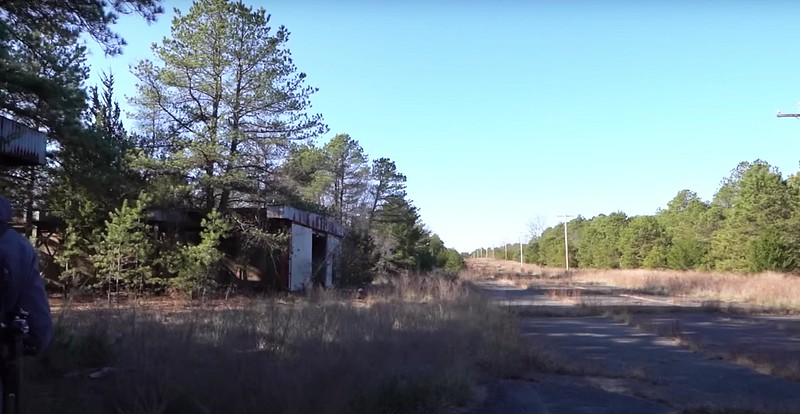A former US missile base that was the scene of a nuclear accident in 1960
Today there are numerous Cold War ruins in the world, but there is one of them that has a purely radioactive peculiarity.
In the late 1950s, the United States and Canada began development of a long-range anti-aircraft missile to defend against a possible attack by Soviet nuclear bombers. The result of this program was the Boeing supersonic missile. CIM-10 Bomarc. These missiles had the ability to carry a W40 nuclear warhead. It was planned to create 52 launch bases to protect the main population centers of North America, but only ten were finally built: eight in the US and two in Canada.
The first of these bases, Fort Dix, was inaugurated in 1959 together with a McGuire air base of the US Air Force (USAF), in the State of New Jersey. At the time of its inauguration it only had one active missile, although it came to have 28 CIM-10A and 56 CIM-10B missile launchers, operated by the 46th Air Defense Missile Squadron. By the time all ten launch sites were operational, the Bomarc missiles had become obsolete due to the threat of new intercontinental ballistic missiles (ICBMs), which the Bomarcs were unable to shoot down.

All the launch sites for the Bomarc missiles were closed between 1969 and 1972. In the first of them, Fort Dix, there was a serious accident on June 7, 1960. Due to the rupture of a helium tank, the W40 nuclear warhead of a CIM-10A missile caught fire . Although it did not explode, the warhead melted and released the plutonium it contained, forcing the launch site and its annexes to be isolated, dismantled and covered with cement. Due to that accident, the USAF was unable to sell that land after the launch site was closed. The site remains USAF property, although it is not guarded, and today this is the base Bomarc missile system best preserved of the eight built in the US.
The always interesting channel Exploring the Unbeaten Path has posted a video showing the inside this base:
You can see here some captures of the video. The base is very large. The 28 CIM-10A missile hangars are in two rows on its north side, and the 58 CIM-10B hangars are in four rows just to the south. The area that was isolated by the plutonium spill is in the western part of the base.

The old Bomarc missile launch hangars. This type of missile has been the only surface-to-air defense system operated by the USAF, since this type of missile is usually in charge of the US Army. USA.

The interior of the old launch facilities. They were abandoned in 1972.

Old helium tanks abandoned at the base.

One of the Bomarc missile launchers, in a good state of preservation. Specifically, this is one of the 58 CIM-10B missile launchers that were at Fort Dix.

|
Don't miss the news and content that interest you. Receive the free daily newsletter in your email: Click here to subscribe |
- Lo más leído
- A British fairytale ruin: the abandoned shoe house on the Isle of Wight
- The interior of the Statue of Liberty torch and the sabotage that canceled its visits
- The supermassive black hole of Phoenix A, the biggest known light-devouring monster
- A virtual tour of ancient Rome in full color, just as it was in its heyday
- The unknown Soviet female cosmonaut who died on a mission: history or hoax?
- A large collection of Volkswagen cars hidden in an abandoned mine in Switzerland
- An old Soviet military plane abandoned from 1971 on a Russian island near Alaska

 ES
ES





Opina sobre esta entrada: